If you’re ever doing something you’ve never done before, or no one has done before, and you are hesitating in fear and self-doubt, try this: in a simple Google search, type “Eugene Tssui.” There you will find all the encouragement you need.
My first trip to China in 2009 was for a children’s summer English program, created by Dr. Tssui’s wife, Elisabeth Montgomery. I arrived at the Hong Kong Airport, Elisabeth greeting me with a smile that felt like home. Since her husband was to arrive as well, we figured to have a meal and trade stories while we waited.
Over coffee, Beth shared how a boy in Minnesota would circle in and out of her life from middle school to a chance encounter that began their marriage. Oh yeah, and about how Dr. Tssui, an architect by trade, found it worthwhile to design his own unique clothes. Well before my own interest in men’s clothing began, I thought nothing of this particular aspect of his life. Neat, I guess.
An hour later, Eugene made his way through Exit B of Hong Kong International in a pair of white pleated trousers with red piping running down the legs, a light off-white cotton shirt that gently billowed through the row of “gills” cut across the chest, and a thirty-year-old pair of Crayola multi-colored Reebok sneakers in need of retirement.
What. The. Hell?
Over the years that I‘ve known Eugene, variations of this question have followed his every outfit and building proposal. I suppose it will continue to follow him through his 150th birthday, which he is determined to see. From a skeptic’s guffaw or cynic’s retort, Eugene welcomes it as fuel to stoke the fire of his unwavering conviction.
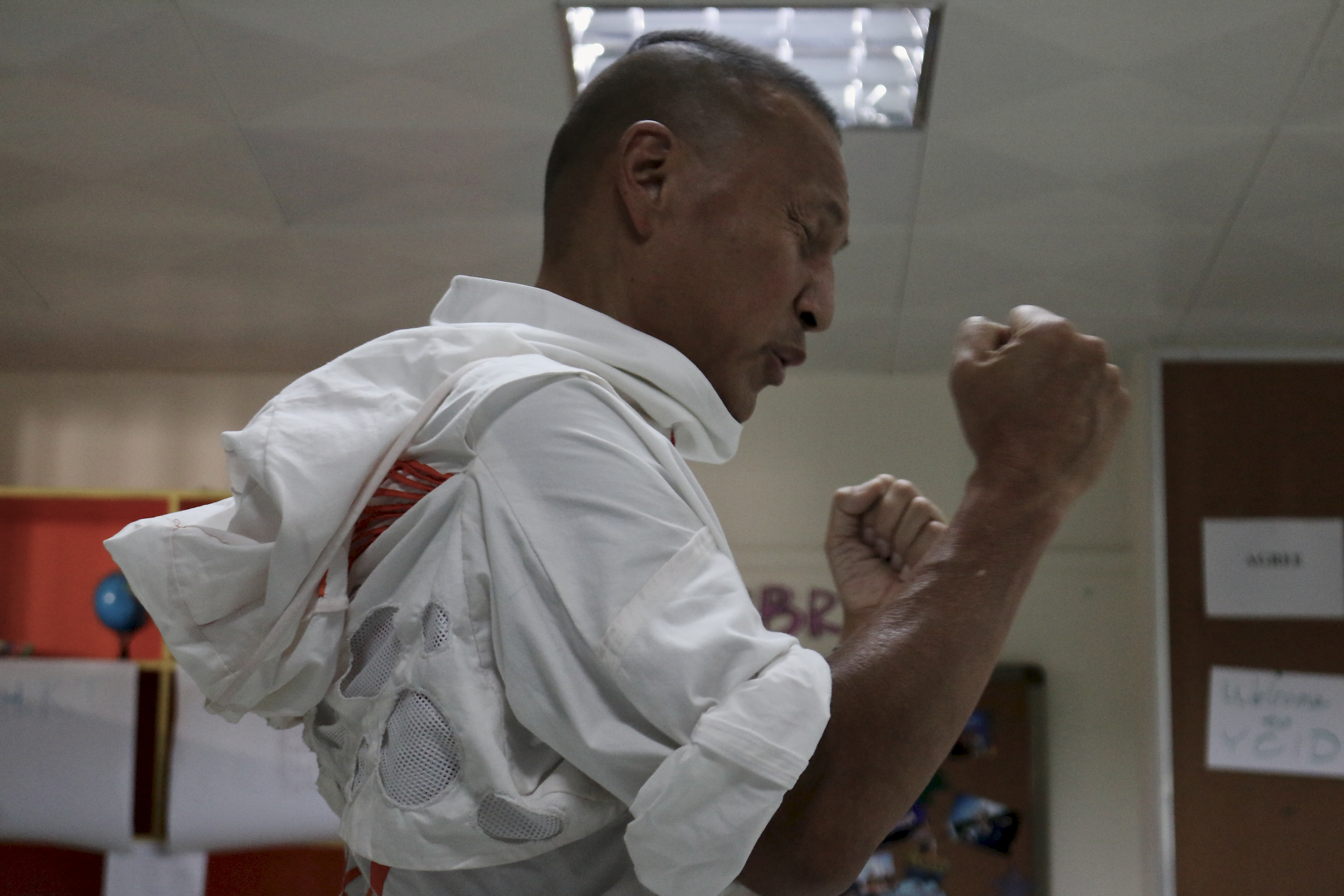
“I take it as being the example of a guy who has the guts enough to try something new. And I like being that person. People have come up to me and said, ‘I really like your gutsiness, and I really like the fact that you’re doing this.’ That support is really nice, even though they themselves won’t quite do it.”

The world of convention determines that we ourselves really won’t quite do it. We strive to fit in. To belong. To stamp out anything different about ourselves, lest the waxing eye of criticism draws near. For such an attitude, Eugene asks his own question: why?
“We don’t want buildings that look strange, that seem out of place. Why?”
Conventional wisdom’s “What the hell?” and Tssui’s “Why?” have sparred throughout the whole of his career. It’s natural then, for the two to trade jabs in Kyung Lee’s Telos, a five-year observation of Eugene’s unique path.
Telos offers the audience a comprehensive look into the heart of Eugene’s unique vision and tireless attitude, bringing him to his latest architectural proposal: the Telos (Greek for “purposefulness”) educational center in Mt. Shasta, California. Like his previous endeavors, this project has earned him admirers, but far more critics. If I may ask: why?
At the foundation of every Tssui structure lies the same single concept. His aesthetic and approach in design have invariably begun with considering the site and pondering: what would nature do?
“When I design something, I always take a look around at the site, and I try to dig up stuff — an oak gall, a milkweed, some insects. What are the kinds of bugs that live on this site? What are the plants that are here? This gives me hints on how to best design for the site.”
From here, he envisions and realizes structures that make sense naturally for the environment, rather than creating something more industrial.
“You don’t want to put your mentality, or your patterned way of thinking onto it. You’re not asserting yourself on the land. You’re doing what the land would most want to do.”
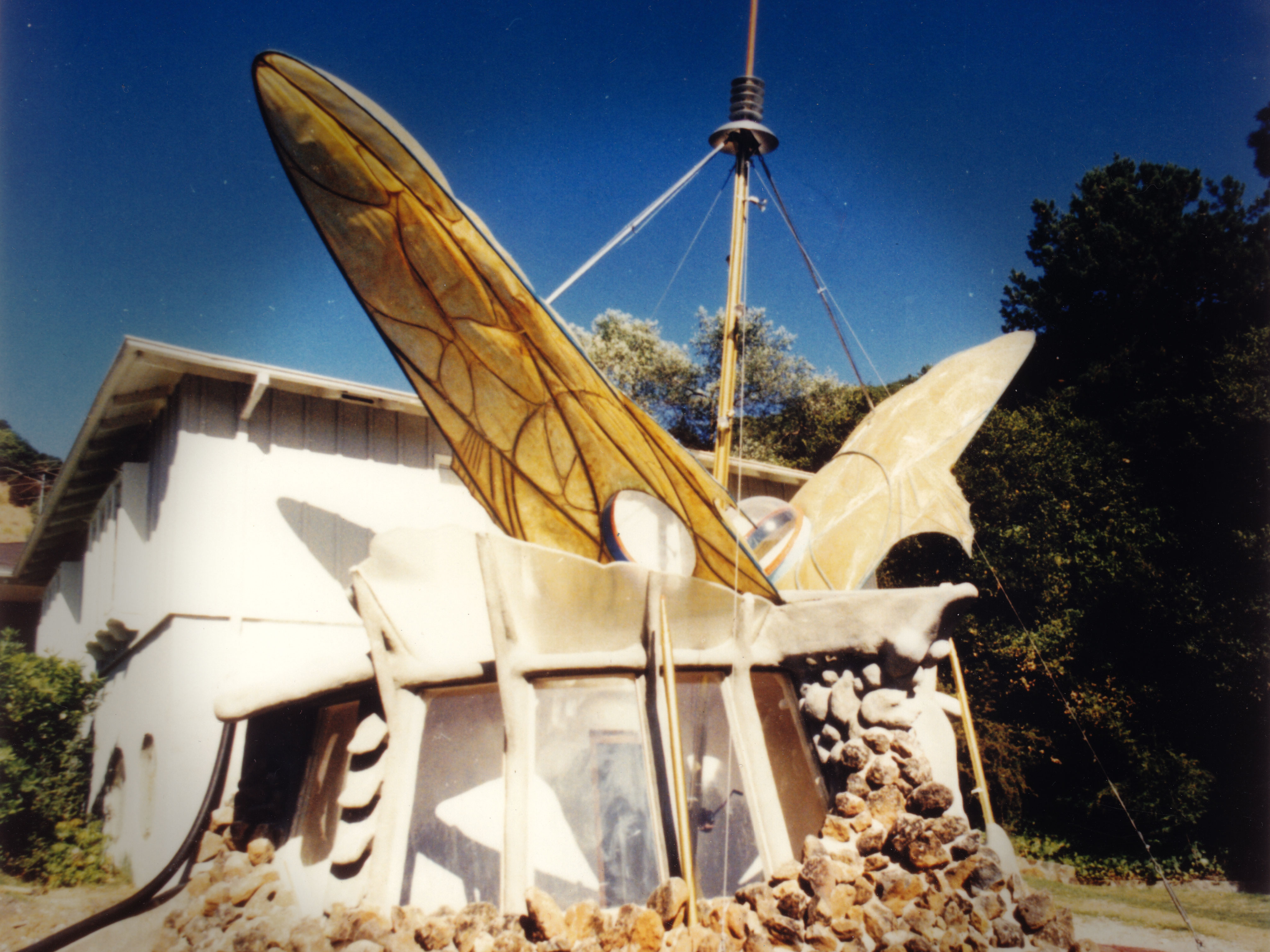
Where the conventional mind adapts natural elements to fit with the mold of traditional building, Eugene applies them as literally as possible, creating otherworldly structures whose curves and dimensions challenge all things square and symmetrical. One client’s “dragonfly house” features a hinged retractable roof that allows ventilation and warmth as needed. His parents’ home in Berkeley is modeled after the indestructible tardigrade, and mimics the creature’s parabolic arch to withstand earthquakes.

If there’s function in the form, then why would the elder Tsuis’ neighbors handwrite letters to the local government, push public hearings to three in the morning, all for the sake of preventing such imagination to realize down the street?
“Eugene’s whole thing is to move with nature and not fight against it,” explains his eldest son, Paolo. “And that means fighting an entire institution of the way that architecture is perceived and has been raised for years and years”
The institution of architecture is an adversary with whom Eugene has stood toe to toe since his own journey of the trade began. With three expulsions from Columbia and Oregon, his professors have often chastised his designs as art and philosophy, rather than actual architecture. Why has Dr. Tssui faced such fervent resistance about his different designs?

An assessment from the University of Oregon states, “Eugene has alienated a good portion of the faculty which inhibits the ability of the department to help him. He seems determined to not meet people half way.”
Although written off as obstinate, Dr. Tssui does not mind the criticism. Perhaps this came from the support of his mentor, the late Bruce Goff. In many ways, he has grown accustomed to such feedback, and nevertheless continues on his determined path. Of course, Eugene enjoys all the thrills that accompany his wild ideas. After all, if the clothes make the man, then Eugene is happy to be different.

Of his clothing designs, no piece is more repeated or revered than his closet of capes. Cottons, velvets, faux-furs; Eugene has made them all. They complement any one of his out-there outfits, and of course they stand robustly on their own. But why the capes?
“I think you gotta be a certain kind of character to really wear a cape. People don’t wear them because they attract so much attention. You got to have to have a certain attitude about yourself to be able to pull it off. Most people are too afraid of it. And I like the tension that comes before wearing it for the first time. This is really new, what’s the reaction going to be? It’s exciting, and I invite it.”

For a man who has challenged convention on a daily basis, Dr. Tssui has learned to enjoy the path he has created for himself. It’s easy to mock his purple sequined suits, or point his unrealized projects as a failed career of the stubborn visionary, but that’s just it. It’s always easy to spot what’s different and laugh at it. What’s difficult, and what I admire most about Eugene, is that in the face of all this criticism, he stands firm on a belief that he found long ago.
This is not to say that Eugene himself has no sense of humor. As a man whose life work has been to replicate nature and simplify form and function in this way, it’s not surprising that his brand of funny is about as complex. Jerry Lewis, The Three Stooges. You know, easy slapstick.

Why?
“It’s just silly. I like silly foolishness. That, to me, is the best humor. Whatever image you’re trying to put on, we’re all just little kids. Let’s recognize that we’re all just children in adult bodies. So, let’s get a model car, put it on a string, put it down a road, and let’s squirt it on gasoline, light it on fire, and watch it burn down the road. And let’s do it again!
“To me, that’s the way to be.”
More Pictures Of Dr. Eugene Tssui







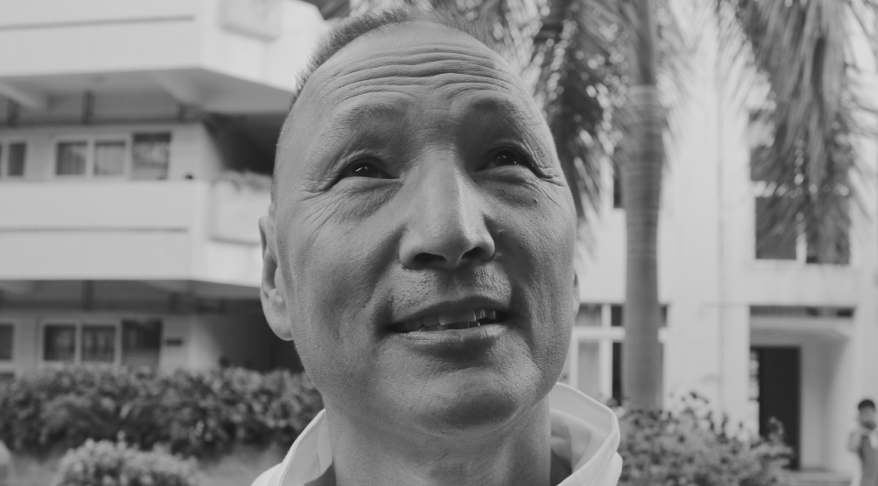

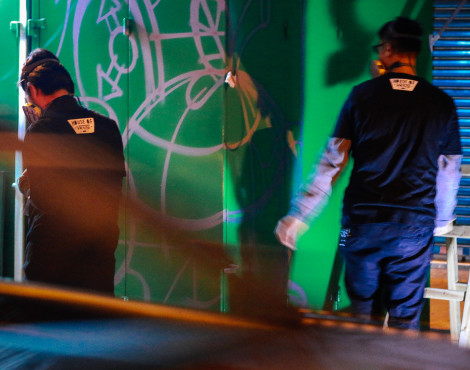
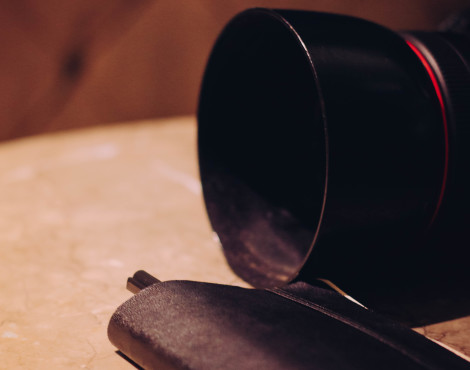
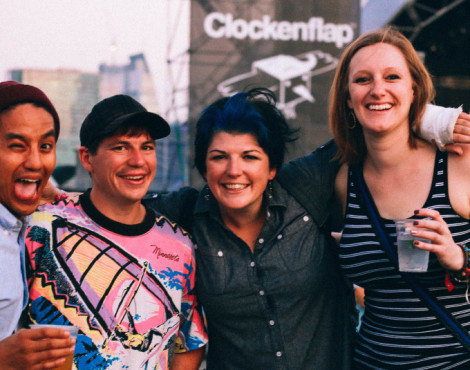
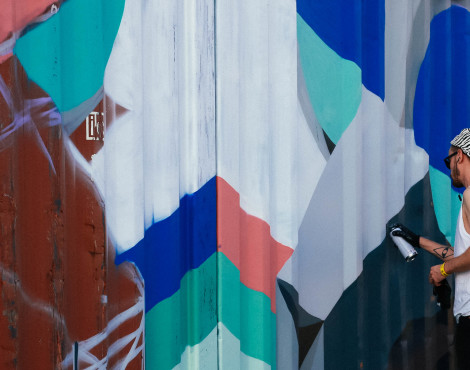
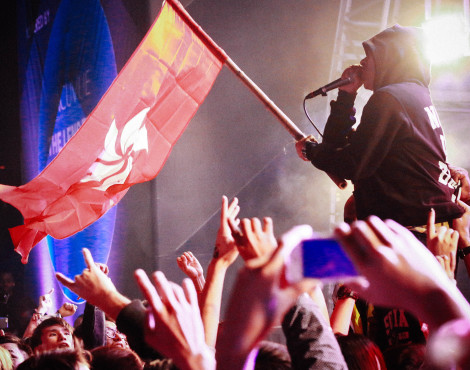
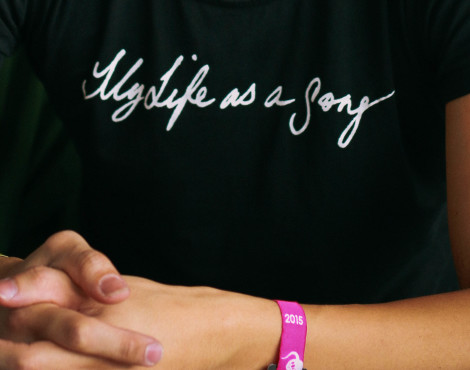

Chris – such an intimate portrait of ET! Thank you for the great pictures and the way you weave in and out of the clothing with such knowledge and interest. XX Beth